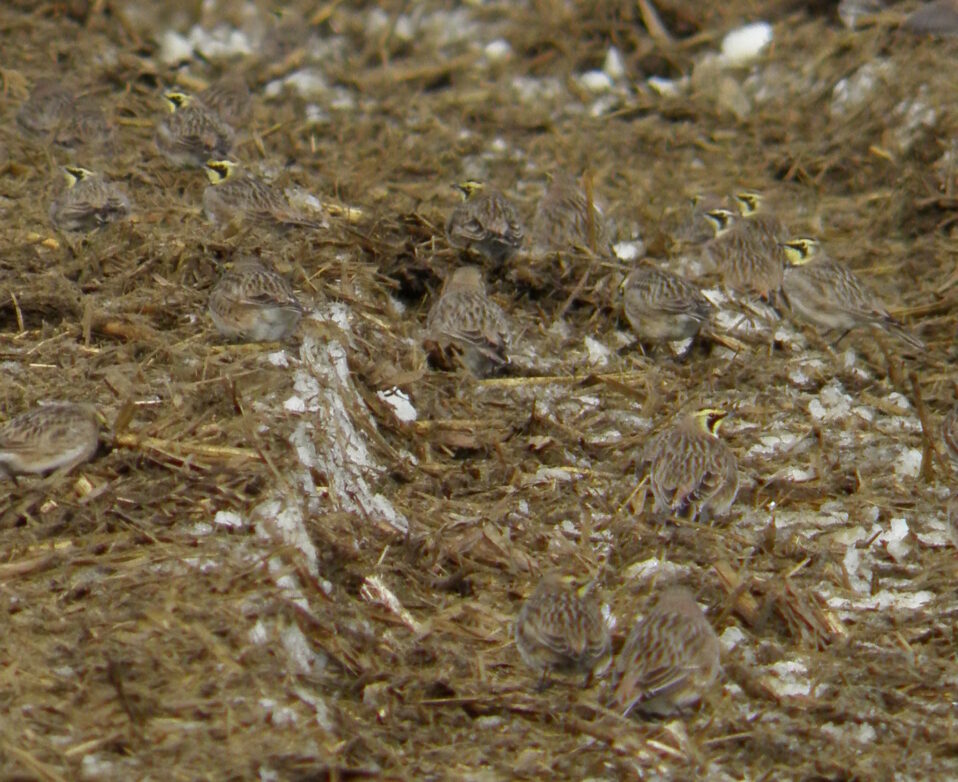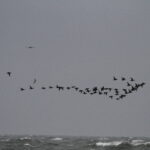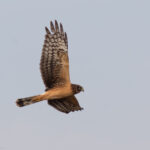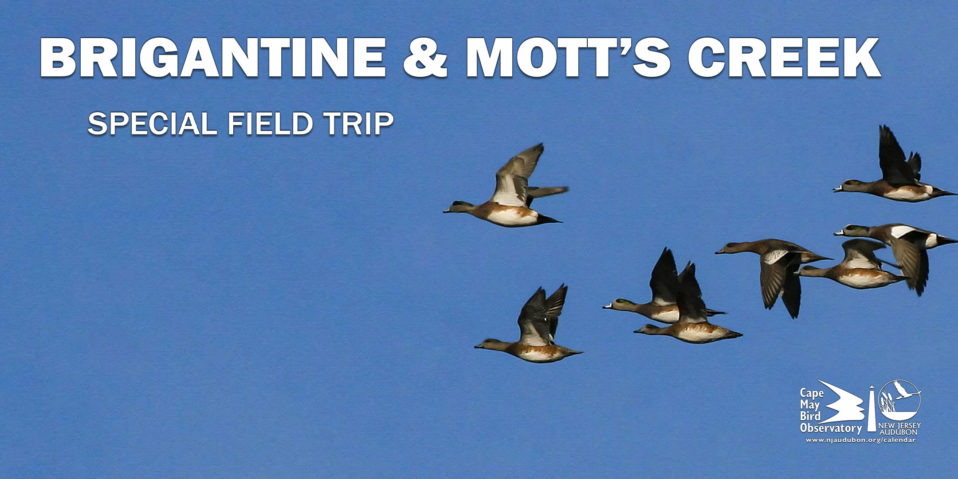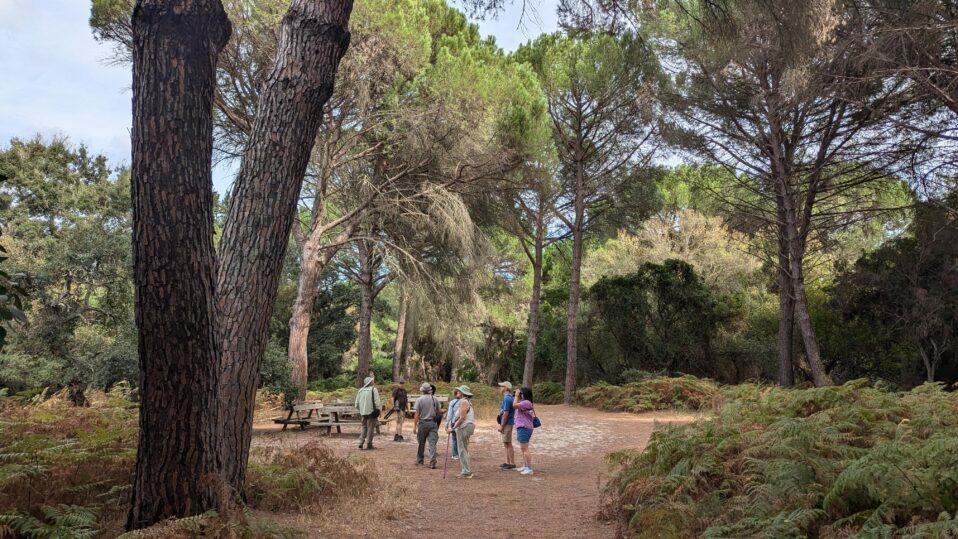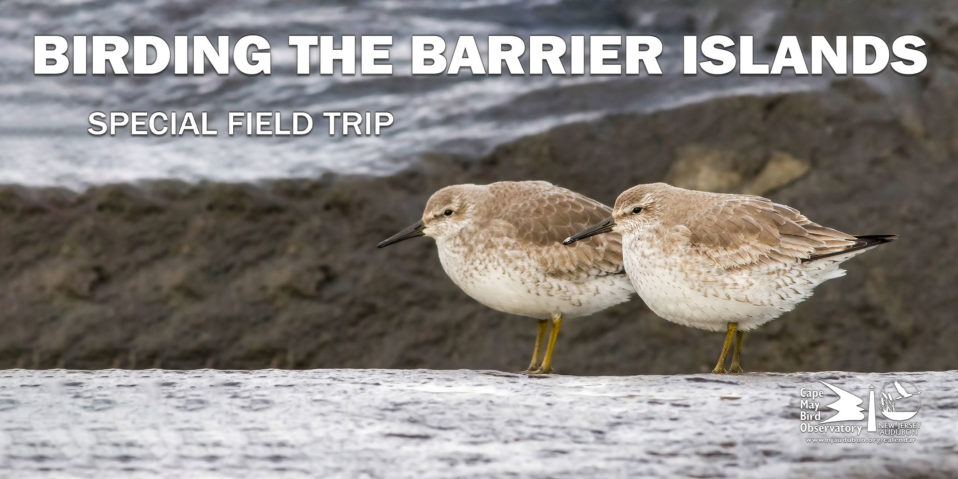New Jersey Audubon and our partners are asking farmers throughout New Jersey to “keep the stubble” on their land following the harvest of commodity crops (i.e. corn, soybeans, etc). It’s No Till November! By leaving plant residue behind on harvested farm fields, farmers help to limit soil disturbance and maintain plant cover on the soil surface through the winter months. This management decision helps protect soil from erosion while building healthy soil, sequestering carbon and providing resources for wildlife!
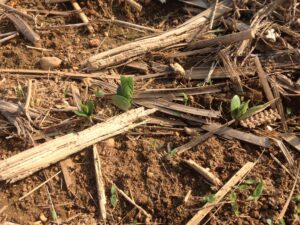
Planted Cover Crop Emerging from the Soil in a No Till Corn Field
Tillage, or cultivation is an agricultural management practice that cuts deep into the soil and overturns it, creating a “clean” field in preparation for planting. Not only is tillage unnecessary in some situations, it can be detrimental to soil health, as it disrupts the complex soil structure that builds over time. No till farming includes a restricted tillage routine where specialized equipment can plant through crop residue by loosening the soil in narrow, shallow areas where the seed is planted directly. Unlike conventional tillage, soil disturbance is minimal, and allows the soil structure to remain intact.
Living within the soil are beneficial organisms that work together to break down plant matter, make nutrients available for plants, and maintain soil structure. Conventional tillage operations disrupt this relationship by displacing these essential organisms that boost soil health. In addition to enriching the soil, earthworms, nematodes, and other soil biota create pore space, or air pockets, as they move throughout the soil profile. These channels allow water to infiltrate deeper into the ground, instead of ponding at the surface. Soil microorganisms excrete a “biological glue” that allow soil particles to adhere to one another, giving soils added stability. All these factors work together to form healthy soils, the basis of any successful farming operation.
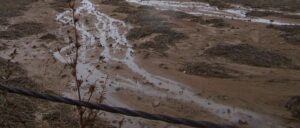
Conventional Tillage Planted Corn Field after Harvest Leading to Stormwater Runoff and Erosion
Traditional tillage leaves the ground surface bare and exposed to the harsh elements of winter weather. When water droplets hit bare soil, the particles can break apart and become suspended in the water, leaving it susceptible to runoff where it can contaminate nearby streams and rivers. Not only does this affect water quality for recreation but it can also negatively impact habitat for fish and other wildlife. By retaining crop residues on the surface, soil is better protected from the impact of major rain events, keeping the soil on the field where it is most needed.
No till farming is often hailed as the cornerstone of soil health by adhering to the four basic principles:
- Keep soil covered and protected as much as possible.
- Limit soil disturbance.
- Maintain plants throughout the year to feed soil biota.
- Maintain plant diversity to increase biota diversity within the soil.
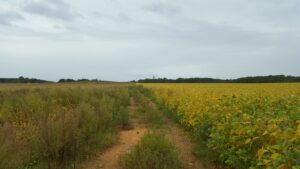
Field on Left was Conventionally Tilled, where Field on Right was No-Tilled. With No Till Practices Field on Right has Better Weed Suppression thus Less Use of Chemicals for Weed Control on Field
In addition to building soil health, adopting a no till management system can save on farm expenses. By eliminating the need for tillage, farmers can save time and money, as fewer passes over fields reduces fuel and labor costs. There are also financial assistance programs offered through the Natural Resources Conservation Service that support the adoption of a reduced tillage operation. New Jersey Audubon also helps through our Healthy Land and Waters Grants. Contact [email protected] for more information on these programs.
New Jersey Audubon has been working with farmers throughout New Jersey to advocate the use of no till planting, as well as other agricultural best management practices like cover crops. Small adjustments to a farm operation can protect water quality and increase soil health while protecting and creating wildlife habitat on working lands. Managing for healthier soils leads to increased organic matter, reduced compaction, improved nutrient storage and cycling and increased carbon storage. Healthy soils absorb and retain more water, making them less susceptible to runoff and erosion, which means more water is available for crops when they need it, and our wildlife too! Participating in No-till November is a great first step toward healthy soil management!
Written By Steven Garcia and Brittany Dobrzynski
Stewardship South
Photos by Brittany Dobrzynski and John Parke




